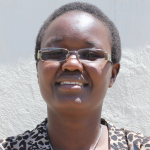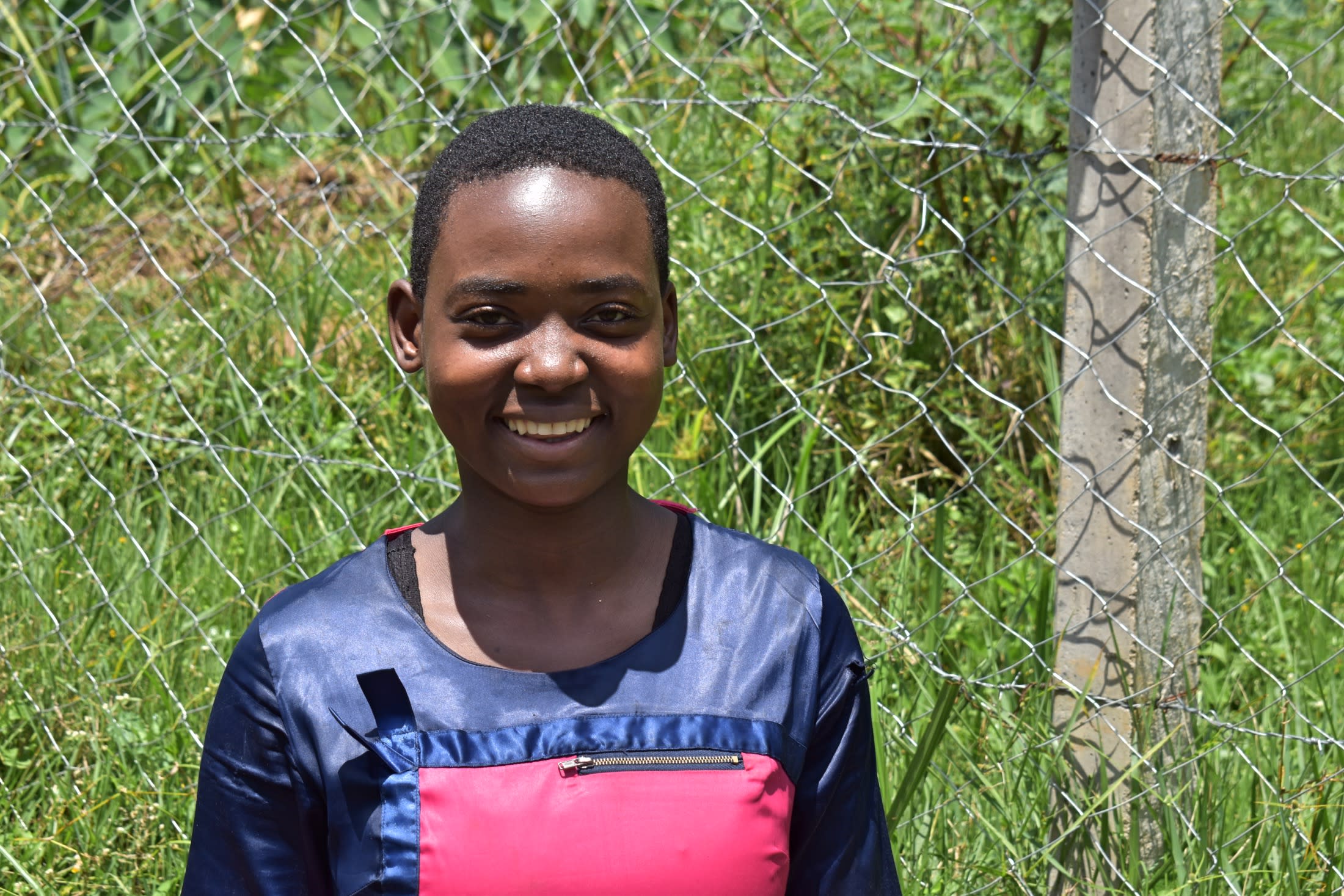The large community of 420 people in Mayuge tried to protect their spring several years ago, but their efforts failed. They still face the challenge of not being able to access water that is safe for consumption.
They spend more time fetching water (sometimes up to five times a day) to meet their daily drinking, cooking, and cleaning needs than doing any other things. This waste of time and energy has led to a lack of development among families in the community.
When dirt from surrounding farmland washes into the spring during the rainy season, the water becomes more contaminated and difficult to use. During the rainy season, the water flowing from the pipe become muddy and discolored, leading to delays in how quickly people can fill their collection containers, causing overcrowding.
The spring is very muddy and slippery. The very young and old especially have difficulty safely accessing the spring and carrying water home. At times they end up with severe injuries to their hands, legs, and backs when they fall, forcing them to visit the hospital for treatment, wasting valuable finances needed for their daily survival.

Mrs. Fatuma Mulindo (pictured above navigating the hazardous spring), age 78, shared how drinking water from the spring presents health challenges in the community, especially for small children. "As a mother and a grandmother, I will be happy to see my children and my grandchildren healthy fetching water without fear of falling, injuring themselves, and getting sick because of waterborne diseases. My young grandchildren cough a lot during the rainy season, and the Doctor said it's because of the water we are using. But because we have no other source of water, we use it despite its risks."
Elizabeth M. (pictured below), a 13-year-old student, commented, "I have personally been sick many times, and sometimes I miss school because of cholera. This was a result of drinking dirty water from the spring. I hope and pray that one day the spring will be protected, and the access will be good, and the sickness will be a thing of the past."

Properly protecting the spring is vital so the community members of Mayuge can access it without fear of injury and illness and spend their time and energy on other pursuits, improving their daily lives.
What We Can Do:
Spring Protection
Protecting the spring will help provide access to cleaner and safer water and reduce the time people have to spend to fetch it. Construction will keep surface runoff and other contaminants out of the water. With the community's high involvement in the process, there should be a good sense of responsibility and ownership for the new clean water source.
Fetching water is a task predominantly carried out by women and young girls. Protecting the spring and offering training and support will, therefore, help empower the female members of the community by freeing up more of their time and energy to engage and invest in income-generating activities and their education.
Training on Health, Hygiene, COVID-19, and More
To hold trainings during the pandemic, we work closely with both community leaders and the local government to approve small groups to attend training. We ask community leaders to invite a select yet representative group of people to attend training who will then act as ambassadors to the rest of the community to share what they learn. We also communicate our expectations of physical distancing and wearing masks for all who choose to attend.
The training will focus on improved hygiene, health, and sanitation habits in this community. We will also have a dedicated session on COVID-19 symptoms, transmission routes, and prevention best practices.
With the community's input, we will identify key leverage points where they can alter their practices at the personal, household, and community levels to affect change. This training will help to ensure participants have the knowledge they need about healthy practices and their importance to make the most of their water point as soon as water is flowing.
Our team of facilitators will use a variety of methods to train community members. Some of these methods include participatory hygiene and sanitation transformation, asset-based community development, group discussions, handouts, and demonstrations at the spring.
One of the most important issues we plan to cover is the handling, storage, and treatment of water. Having a clean water source will be extremely helpful, but it is useless if water gets contaminated by the time it is consumed. We and the community strongly believe that all of these components will work together to improve living standards here, which will help to unlock the potential for these community members to live better, healthier lives.
We will then conduct a small series of follow-up trainings before transitioning to our regularly scheduled support visits throughout the year.
Training will result in the formation of a water user committee, elected by their peers, that will oversee the operations and maintenance of the spring. The committee will enforce proper behavior around the spring and delegate tasks that will help preserve the site, such as building a fence and digging proper drainage channels. The fence will keep out destructive animals and unwanted waste, and the drainage will keep the area's mosquito population at a minimum.

 Protected Spring
Protected Spring
 Rehabilitation Project
Rehabilitation Project







































